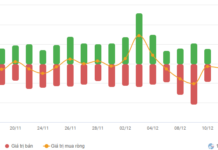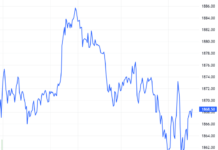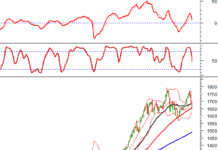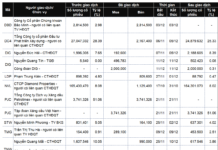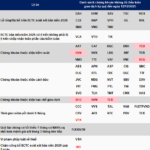
Vietnamese enterprises are purchasing durians that meet the export standards to China. Illustration photo: Anh Dũng/ VNA
As of the end of July, fruit and vegetable exports had brought in 3.8 billion USD, with durian alone contributing 40% of the total fruit and vegetable export value. This remarkable achievement is attributed to the free trade agreements (FTAs) that have come into force, opening up and reducing tariffs for many Vietnamese agricultural and fruit products.
Notably, Northeast Asian markets, including China, South Korea, and Japan, are witnessing a remarkable breakthrough, accounting for 80% of Vietnam’s fruit and vegetable exports.
Mr. Dang Phuc Nguyen analyzed that China is a populous market with a high demand for fruits and vegetables and has been a traditional customer of many Vietnamese fruits. Meanwhile, Japan and South Korea are countries with high populations and incomes, resulting in a substantial demand for high-quality agricultural and fruit products.
These two countries are also members of the Regional Comprehensive Economic Partnership (RCEP). Vietnamese exporting enterprises benefit from tariff reductions and lower transportation and logistics costs when exporting to these markets compared to distant markets such as the EU and the US.
Objectively, since the beginning of 2024, tensions in the Red Sea region have prolonged the flow of goods from Asia to Europe and the Americas and vice versa, causing freight rates to increase two to three times compared to before. This has made it difficult for goods, especially agricultural products from Europe and the Americas, to be exported to Asia. In this context, Vietnam, with its geographical advantages and diverse and high-quality fruit varieties, has become the preferred source of supply for markets such as China, Japan, and South Korea.
Meanwhile, Mr. Luong Ngoc Quang, from the International Cooperation and Communication Department of the Plant Protection Department, said that among the RCEP bloc, the largest number of agricultural products permitted to be exported to China is 12, including dragon fruit, longan, lychee, mango, watermelon, jackfruit, banana, mangosteen, black jelly, durian, sweet potato; with coconut, passion fruit, and chili being temporarily exported.
New Zealand ranks second, with five types of fruit, including mango, dragon fruit, lychee, lemon, and grapefruit. Japan imports dragon fruit, mango, lychee, and longan from Vietnam. South Korea imports dragon fruit, mango, and most recently, has officially granted permission for Vietnamese fresh grapefruit. Additionally, the Ministry of Agriculture and Rural Development is actively negotiating to open the market for frozen durian and grapefruit to China and grapefruit to Japan.
According to Mr. Luong Ngoc Quang, when a new market accepts a product, it opens up opportunities to increase export turnover and affirm the position of Vietnamese agricultural products. However, the process of negotiating to open up markets is not simple and takes a lot of time and effort. It usually takes three to five years, or even longer, to sign a protocol for some products.
Therefore, once the market is opened, producers and exporting enterprises must strictly comply with the standards set by the importing country. It is essential to avoid the case of “one bad apple spoils the bunch,” where a violating enterprise or shipment can lead to warnings or export suspensions for the entire industry.
Mr. Nguyen Thanh Hieu, Deputy Director of the Southern Fruit Research Institute, stated that Vietnamese fruits are becoming increasingly diverse and of higher quality, favored by consumers in many markets. After a period of international integration, most exporting enterprises have proactively updated information and regulations of the market regarding food safety and plant quarantine.
However, the agricultural value chain begins with farmers, a group with limited access to changing market regulations and policies. Therefore, management agencies, local authorities, and enterprises need to actively support farmers in raising awareness and improving production capacity to meet market standards. They should also work on enhancing product packaging and design, contributing to building and strengthening the brand of Vietnamese fruits and agricultural products in the international market.


